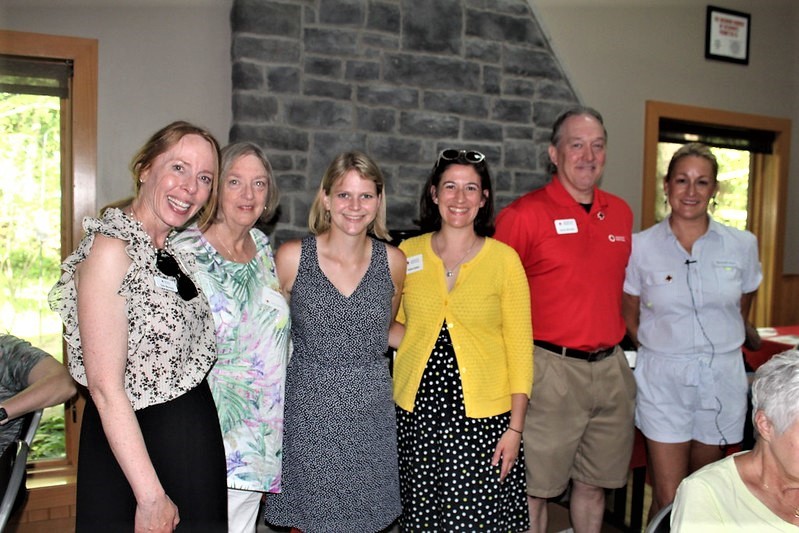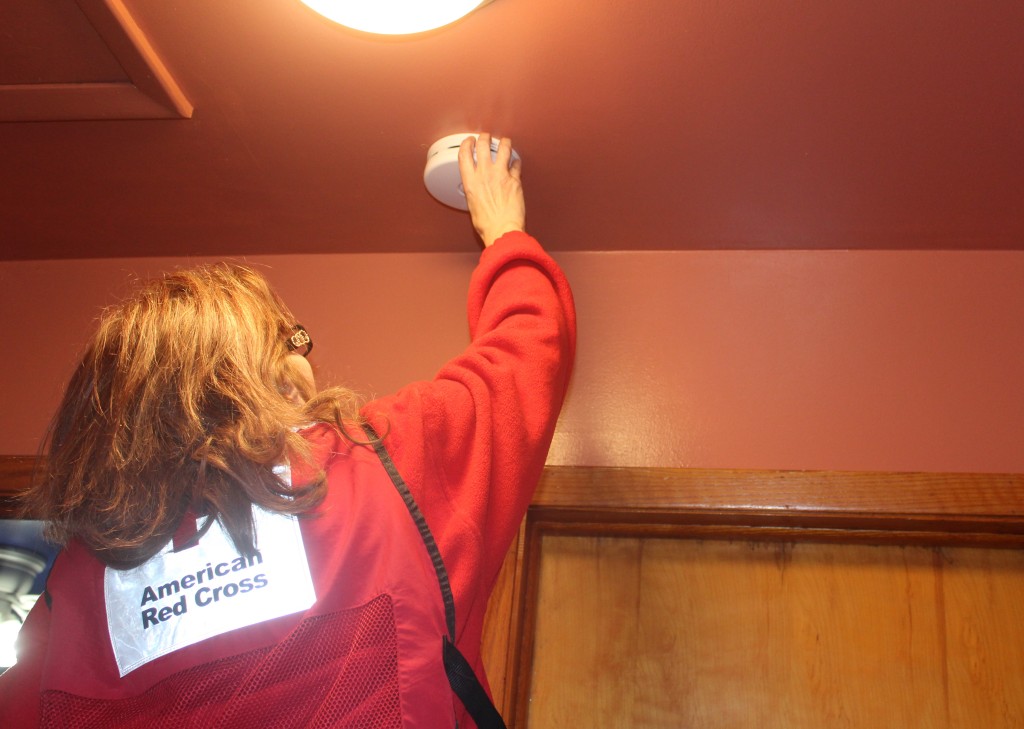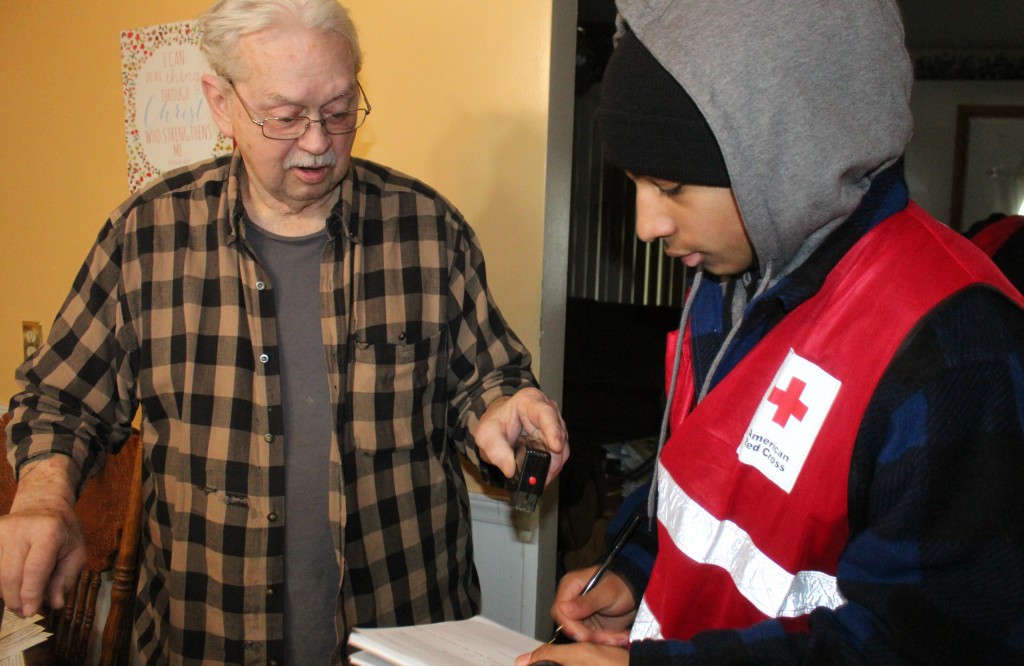Volunteer Profile; Pat Crawford
By Sue Wilson, Red Cross Volunteer
What would we do without the selflessness of those who give their time by
volunteering?
In honor of National Volunteer Week (April 21-27), we are featuring profiles of some of
the dedicated volunteers who help the American Red Cross fulfill its mission in Northern
Ohio.

Pat Crawford spends most of her time honoring and thanking others for their service.
From her home base in the Western Lake Erie Chapter, headquartered in Toledo, she
handles the five chapters in the Northern Ohio region as the Regional Volunteer
Services Recognition and Appreciation Lead. If you thought that in this crucial role in the
Volunteer Services Department, Pat seems to have volunteering in her blood, (pun
intended) you’d be right! And she passed down that heart to serve to her sons: her
eldest was Red Cross trained in water survival, first aid/CPR and was a lifeguard, and
her youngest is a law enforcement officer in Findlay.
Like many who volunteer, Pat has a Red Cross story.
Pat’s oldest son and his family moved to Louisiana. When Katrina hit, their home
experienced extensive damage, and they had to come back to Ohio for awhile. Pat will
be forever grateful for the tremendous support the family received from the Red Cross.
Beyond that, Pat appreciates what the Red Cross does for our military.
“I have many family members and friends that were and still are in the military. I know
what the Red Cross does to help our servicemen and women and their families,” she
said.
Pat’s volunteer experience started many years ago. She was a front desk receptionist
and a TeleCare call receiver. She was later “hired” by AmeriCorps to serve a year at the
Red Cross, but stayed on for four years, starting first in the Disaster Services office and
then moving to other areas like the Pillowcase Project and educational classes. After
her last AmeriCorps year, she retired and became a full-time volunteer for the Red
Cross.
What Pat loves most about her job as the Volunteer Services Recognition and
Appreciation Lead is expressing gratitude for the hard work of the many volunteers
throughout the regions’ five chapters.
“I feel it is very important to let volunteers know that they are appreciated and supported
for what they do,“ Pat said. “I feel really good when a volunteer wins a gift card or
receives a Red Cross item and they take the time to tell you how much they appreciate
it.”
While it may be the little things that Pat finds rewarding, she has one story in particular
that exemplifies the powerful life-changing and lifesaving impact volunteering can make.
One day, way back when she worked the phones, she received a call from a woman
who could not get in touch with one of her older female clients. “We called the police
and fire to do a wellness check on this person, because her daughter, who lived out of
town, hadn’t spoken to her since Saturday, and it was now Monday,” Pat shared.
Pat called emergency responders who broke into the house and found the woman
unresponsive, but thankfully alive. When Pat went to visit the client in the hospital, the
grateful woman said, “you saved my life” — a comment she still gets goosebumps
about.
One of Pat’s dreams, and something she worked over two years to accomplish was to
get the Nurses Pin awarded at the Recognition and Appreciation Events. That dream
came true for Pat in 2023 and will continue every year. “They are special pins that have
numbers that are assigned to the volunteer nurse, and records of these pins are kept in
the archives in Washington, D.C.,” said Pat.
Pat Crawford, who spends much of her time honoring others for their volunteer work, is
a true example herself of what it means to be a Red Cross volunteer.
Edited by Glenda Bogar, Red Cross volunteer
Posted by Ryan Lang, Red Cross board member and volunteer























